Want to install Windows 10? Check what I learnt first
Don't get burnt before you start
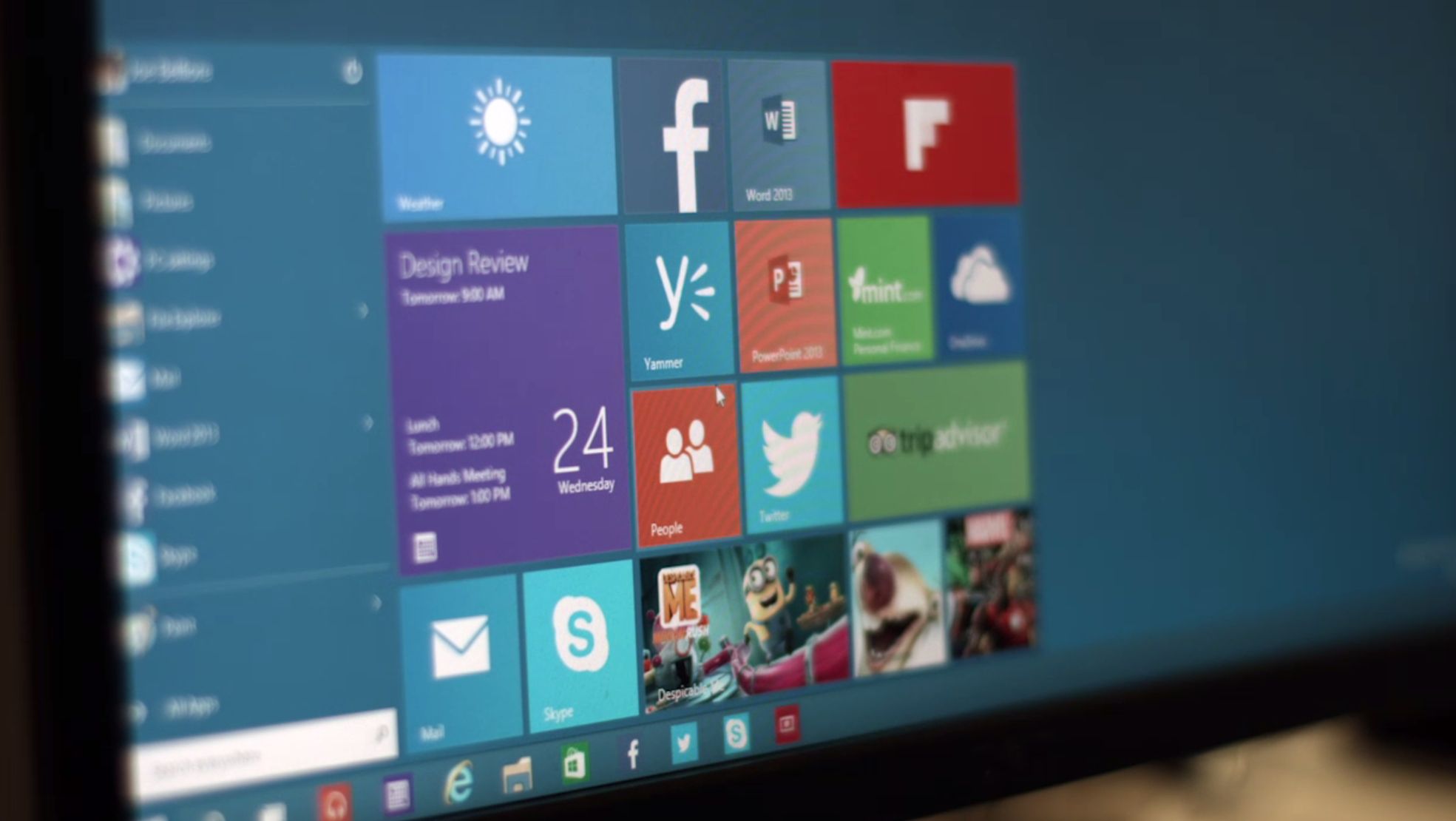
Introduction
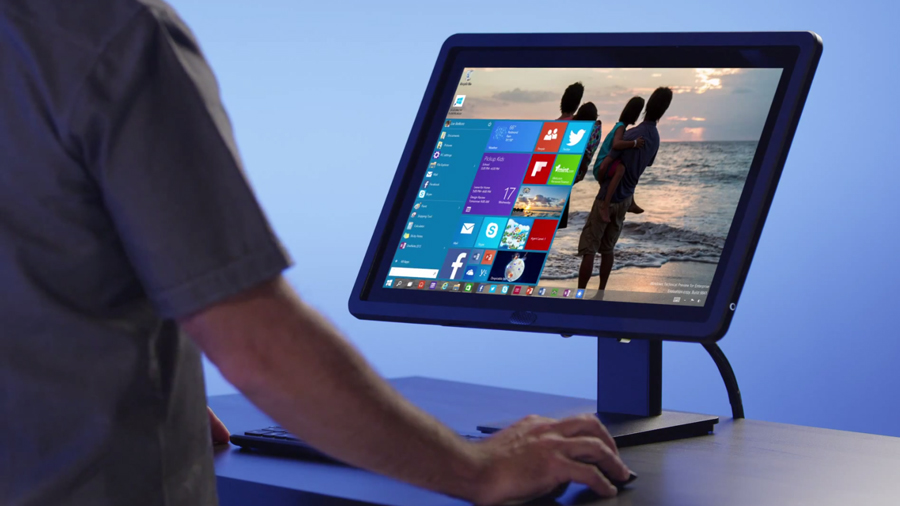
I've probably installed Windows 10 Technical Preview (TP for short) about 20 times over the last few months on tablets, laptops and desktops, and in the process have learnt quite a few things about the all-important installation journey.
The current iteration, 10049, is probably the most stable version to date and likely to be the penultimate one before the beta version is officially launched at Build 2015 in San Francisco later this month. Sandwiched between the two will be build 10051, which has already been leaked.
Also, make sure you read through my article 'Don't install Windows 10 preview without reading this first' before embarking on getting Windows 10 up and running.
Windows 10 TP needs a CPU with an NX bit to work

Microsoft added Windows 10 to its list of operating systems that require the NX bit to work. NX stands for no-execute and is a security feature that helps protect your computer from malicious infections. This is done by preventing the execution of code that resides in certain areas of the memory.
Buffer overflow was a common attack method that used this technique. Trawling auctions sites for the oldest computer on sale, I originally managed to get hold of a Celeron processor clocked at 1.7GHz. While it would run Windows 7, it would not run Windows 10. Trying to install it produced the error message: "You can't install Windows 10 Technical Preview because your processor doesn't support NX".
Although on paper, the NX bit looks like a logical step to secure a device, users have been complaining that this also prevents alternative operating systems (like Linux distributions).
You can check my (successful) attempt to install Windows 10 on an Athlon 64 3200+, a processor that was launched in September 2003 and the oldest x86 processor that supports the NX feature. Windows 10 managed to run on only 256MB memory.
Sign up to the TechRadar Pro newsletter to get all the top news, opinion, features and guidance your business needs to succeed!
You can't install TP on a compressed OS
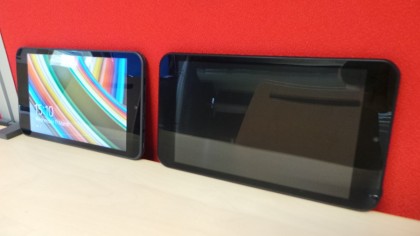
Fancy getting Windows 10 running on one of those super cheap tablets available for under £100 (the Linx 7, the Bush MyTablet or the Tesco Connect)? Then you won't be able to upgrade to run the installer from within the operating system as the Windows OS running in them is not a standard one.
Microsoft refers to them as a compressed OS, one that comes with the WIMBoot feature. WIMBoot stands for Windows Image File Boot and is essentially a way to save precious space, especially on devices like low-cost tablets, by compressing some system files.
The easiest way to proceed is simply to perform a clean Windows 10 install from the USB drive (assuming you can load the BIOS settings and change the boot sequence) – we did manage to get Windows 10 running seamlessly on the Linx 7 this way.
Don't expect TP to boost your PC's performance
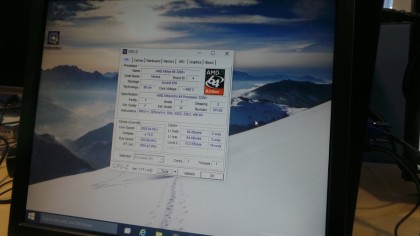
If you're planning on getting a performance boost from a Windows 10 install, that's unlikely to happen. We haven't extensively tested Windows 10 for performance (that will be done at launch) but the handful of cross-platform benchmarks we've done didn't show any clear improvement in benchmarks or numbers.
That, in itself, is a feat bearing in mind that Windows 10 is still in pre-beta mode. What this means is that performance in the final iteration of Windows 10, to be announced later this summer, is likely to, in the worst case scenario, stay the same, and indeed you would hope it will improve marginally.
Microsoft developers can still tweak things here and there and the cadence of new builds (roughly one every 14 days) shows no sign of slowing down.
Windows 10 doesn't need to be on the mains
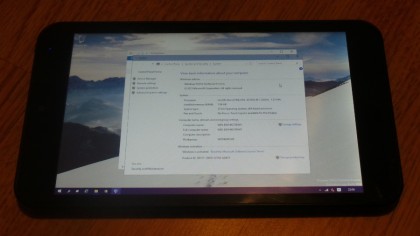
Installing Windows 10 on a laptop and a tablet taught me one thing – Windows 10 doesn't need to be connected to the mains all the time. While this might seem to be a trivial point, it is actually a vital one if you want to get Windows 10 on devices that have only one USB port for charging and for data (no, not the new Apple MacBook) but can't use them both at the same time.
Windows tablets fall in that category and being able to run a Windows installation on a fully charged device without being tethered is a refreshing experience (the same, of course, applies to laptops and even to desktops connected to a UPS)
Using on-board solid state memory accelerates the installation although Windows 10, regardless of the hardware, is one of the fastest, if not the fastest OS Microsoft has ever devised, when it comes to the installation process.
It's still early days for Windows 10

One of the more frustrating experiences I went through with Windows 10 installation was, ironically, on a desktop when I couldn't get Windows 10 to run at any resolution other than SVGA (a bit of an annoyance when your monitor can support more than 17 times that resolution).
As expected, it was a driver issue and AMD got an updated version of Catalyst out that did eventually support Windows 10 and native 4K. This goes to show that being part of the earlier batch of alpha testers (we're still in pre-beta phase, remember that) means that you often have to live with issues.
After all, Windows 10 is not set to be launched for another three to four months.
The one thing that is nagging me at the moment is that touch capability on the Linx 7 tablet doesn't work under Windows 10 at all. But fear not, Microsoft is already aware of this, or at least, it has been reported on the company's Windows Insider Program.

Désiré has been musing and writing about technology during a career spanning four decades. He dabbled in website builders and web hosting when DHTML and frames were in vogue and started narrating about the impact of technology on society just before the start of the Y2K hysteria at the turn of the last millennium.